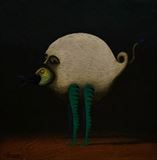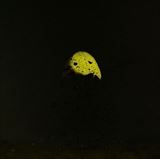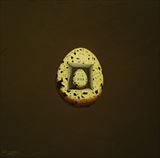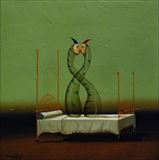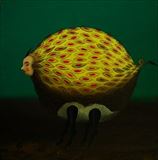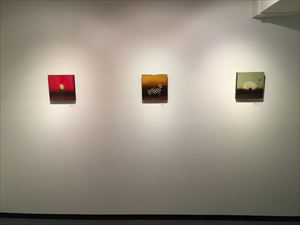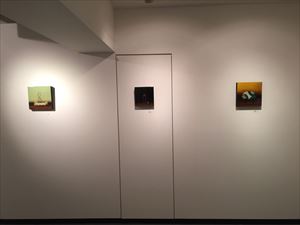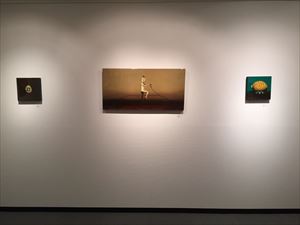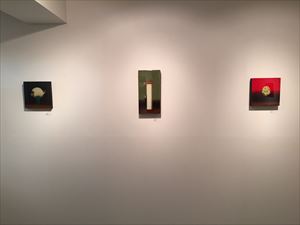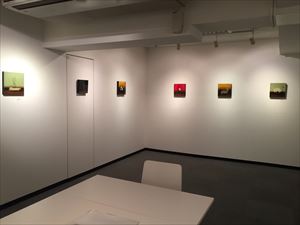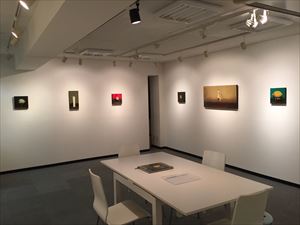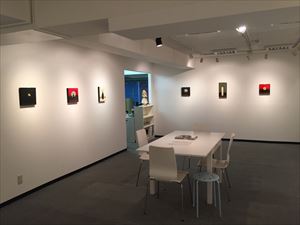Marcelo Suaznabar
29 July Fri. - 7 August Sun., 2016 / 12:00-19:00
closed on Monday, Tuesday
Born in Oruro, Bolivia in September 1970. Self - Taught. He attended some
painting classes at the School of Art, Center for Extramural Studies, at
the Catholic University of Chile in 1992.
My
paintings follow the tradition of allegory and didacticism of painters like
Hieronymus Bosch. I also engage elements from the Surrealist tradition although
my images are not automatist. They have more in common with surrealism as access
to the subconscious or dream world. However, my conscious intentions are to
comment on the looming environmental catastrophe that becomes increasingly
unavoidable due to the structure of human society, with all its greed and
temptation for the soul.
I
grew up in the city of Oruro on the Altiplano region of Southern Bolivia, which
is desert-like but paradoxically retains a sense of the magical. My father had a
farm there so I have an instinctive affinity with animals and the landscape.
Some of my paintings make use of desolate settings that hark back to this
region. I combine animals with humans in hybrid forms. They also become items of
furniture, stretched out like couches or limos.
My
painting style is naive realist and this helps me introduce humour, transforming
and making unusual allusions. Thus, a tree stands uprooted on a table. It is
comical but also indicates that the tree died so the table could live. Furniture
is used as a prop to present absurd ideas, like a four poster bed so high only a
giraffe could reach it while harlequins from the circus ride tall monocycles in
darkened settings.
I
also use text on banners so that language is transformed into a physical, poetic
substance and pours out of mouths like ribbons. This convention was popular in
the Renaissance. I have developed a lexicon of symbols that I use in different
paintings: thus the egg, symbolizing the fragility of life or the cube which
represents the constructed or manmade. Clocks express teleological urgency.
Chequerboard of black and white squares take the place of landscape in many
works, indicating human colonization of nature. The mechanical nature of human
invention invades the natural order of things. The bar code represents a
dehumanizing presence, as we become just numbers.
Marcelo Suaznabar
( Produced by Articsok Gallery, written by Co-Director Peter Alexander
Por )
With the colaboration of Gallery EDEL (Osaka, Japan)
GALLERY

